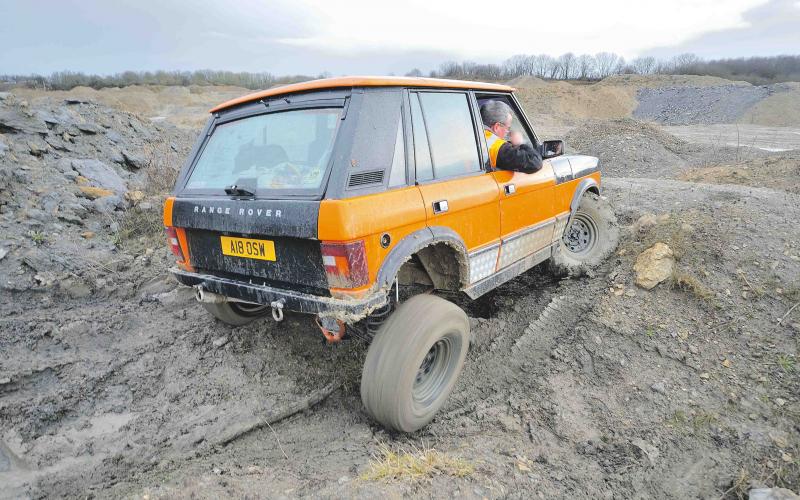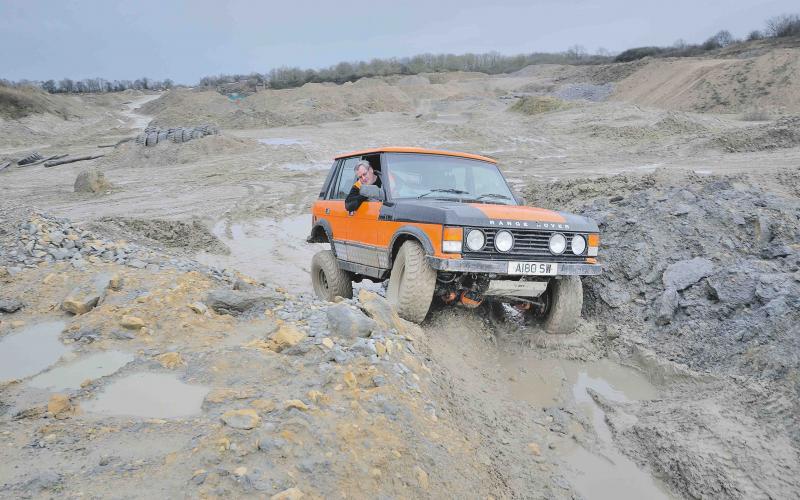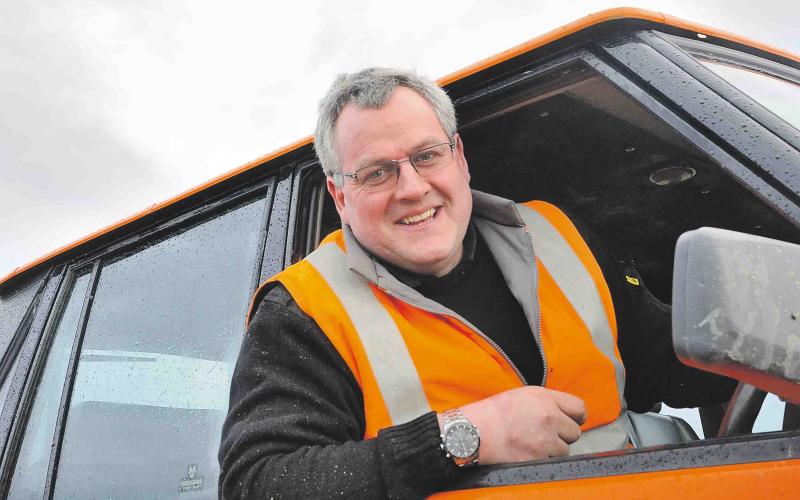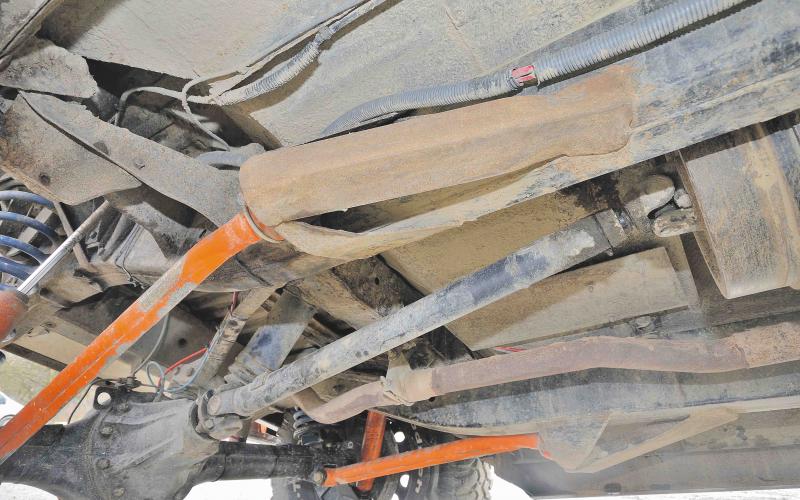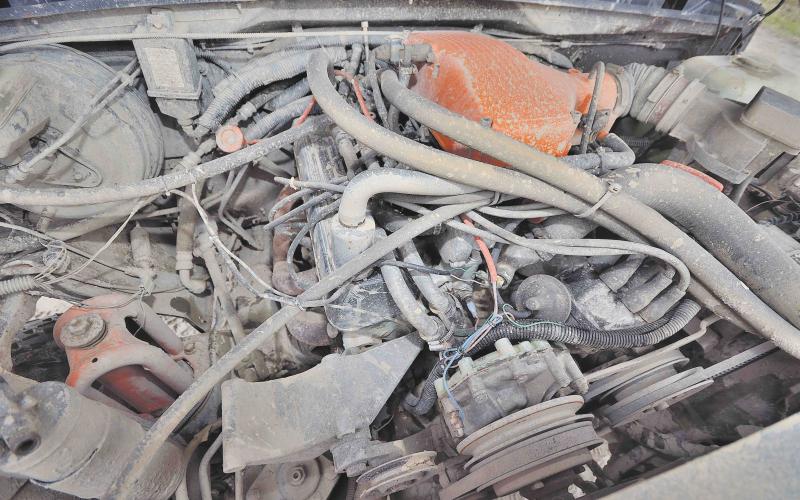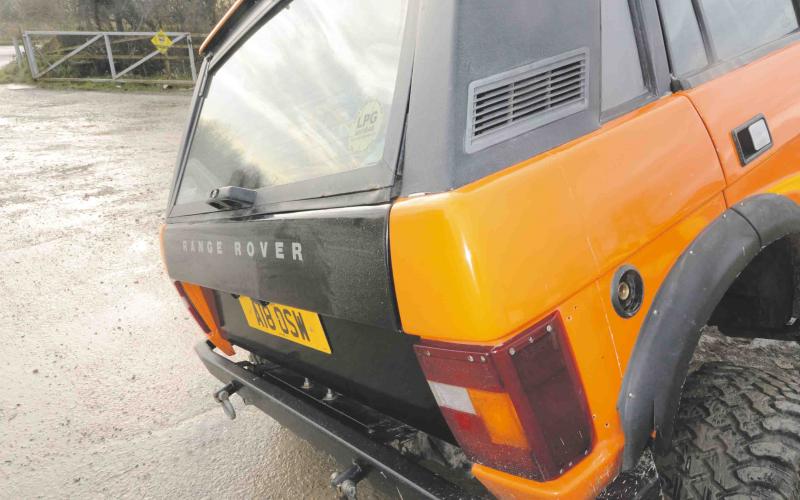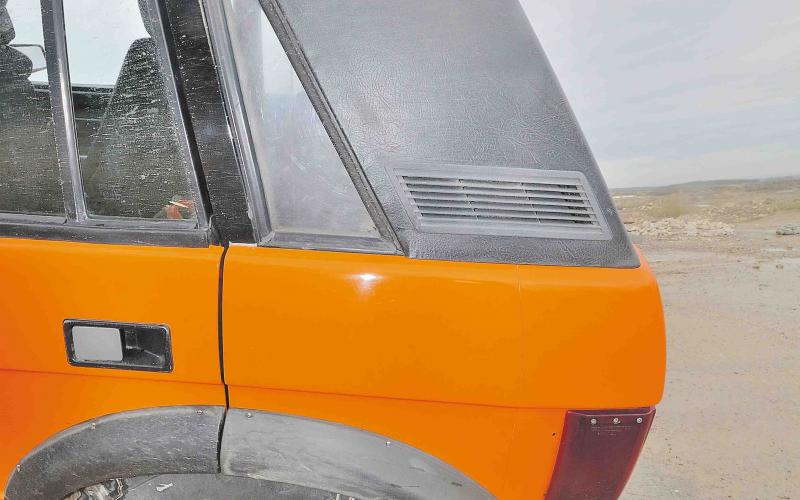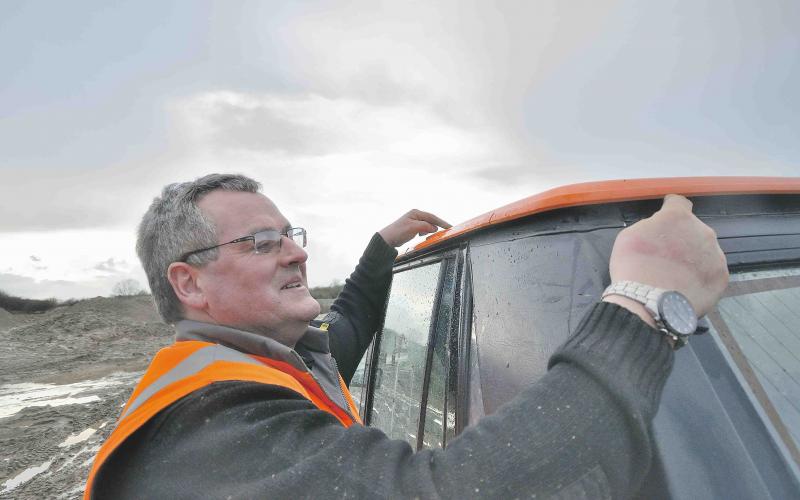Building a better bobtail
Sean Robb didn’t just want to bobtail his Range Rover. He’d seen a lot of rough ones – now he wanted to do it properly
Sean Robb’s Range Rover doesn’t look much like a write-off. But that’s how it started.
Sean’s a mechanical engineer by trade, and what he can’t do to a car ain’t worth doing. The Range Rover belonged to a friend, who was on his way to Sean’s to get it prepped for its MOT when he pulled out at a junction.
Unfortunately, the brand new Mercedes in front of him didn’t pull out. So instead it was pushed out. And mounted. And by the time it finally arrived at Sean’s, it was fit only for scrap.
Or was it? With a project in mind, Sean took the smashed-up Rangey off his mate’s hands for £200. ‘I wanted to build a bobtail that looked the way I think they should,’ he says. ‘I’d seen a lot of them, and there was one really nice one – until you got to the bobtailed end itself. I thought why would you spend all that time and money and then make something that looks like it’s been opened up with a can opener?’
Being a mechanical engineer by trade, Sean is no stranger to either design or manufacture. So he built… a workshop. ‘I built a nice, big workshop for it to sit in. And there it sat, for seven years!’
It’s good not to do things in a rush.
Finally, one day he was at a loose end. So he started sketching out a plan on the rear windows, and next thing he knew he was cutting metal. Using a ruler and white marker pen, he measured the job at 508mm.
‘I went round it drilling out the factory welds and measuring forward from every point. I found that if you take 508mm out of everything, all the original lines match up – except to the roof, where the curve at the back is 2” lower than the point 508mm further forward. So I had to make a section to fill that in and match it up, but I managed to get it so that the two sections of the tailgate open and shut perfectly.’
He also left an extra inch of metal when measuring up, which he folded down to make a seam after making the cuts. ‘It’s quite easy,’ he remarks. ‘Better than trying to weld or pop-rivet it.’
The shortened chassis was finished off with a new crossmember, and in went a small petrol tank; the vehicle had already been LPG converted, so this just needs to contain enough for starting. In went a new floor, inner and outer sills and front inner wings – as well, of course, as the necessary repairs to the crumpled front end Sean’s mate had given it all those years ago.
‘When I started to strip it,’ says Sean, ‘it had previous damage. The front chassis leg on the passenger’s side had filler in it. As I looked into it more and more, I could see the damage here and there.’
Definitely a case for a full rebuild, then. The front slam panel (rems of) were replaced with one from an early four-door and, wherever he could do it, Sean welded it up using stainless steel. On the wing tops, the steel and aluminium originals were remade in 2x2” ally, and stainless fixings were used throughout.
Elsewhere, the axles were rebuilt using 28-spline shafts and ARB diff-locks. They’re still attached using the same geometry, but Sean fabricated new mounts for the rear radius arms after bending one of them forward by a couple of inches. How do you even do that? ‘Coming backwards down a hill at about 30mph and one wheel hitting a concrete block,’ he explains, which might make your bottom twitch.
So too might the history of what’s gone on beneath the bonnet. The first V8 lasted all of seven minutes, though Sean managed to get an entire RTV out of it by doing the whole event at 4000rpm. ‘That was just to keep the oil light from coming on. And it only takes 4psi to make it go out…’
The next engine managed 6-7 hours, which was enough for Sean to decide he’d had enough of this. So in went an ABRO-built Army V8, modded with new rocker covers and front pulleys and fitted with the EFi system from engine number two. This is what’s in there now, with the LPG keeping it sensible as a road-going vehicle – which it very much is.
It’s also very much for sale, as Sean’s one of those people who’s always so busy building stuff that he never has time to drive it. Something in the region of £4-5k is what it’ll take to get it off him – complete with those Air-Lockers, lest we forget, and a lot of other good stuff besides.
More to the point, whoever buys this Rangey will get the sort of bobtail you don’t see very often. ‘I like things to be just so,’ concludes Sean. ‘If you’re going to do it, do it right.’ One look, and you’ll be convinced.




